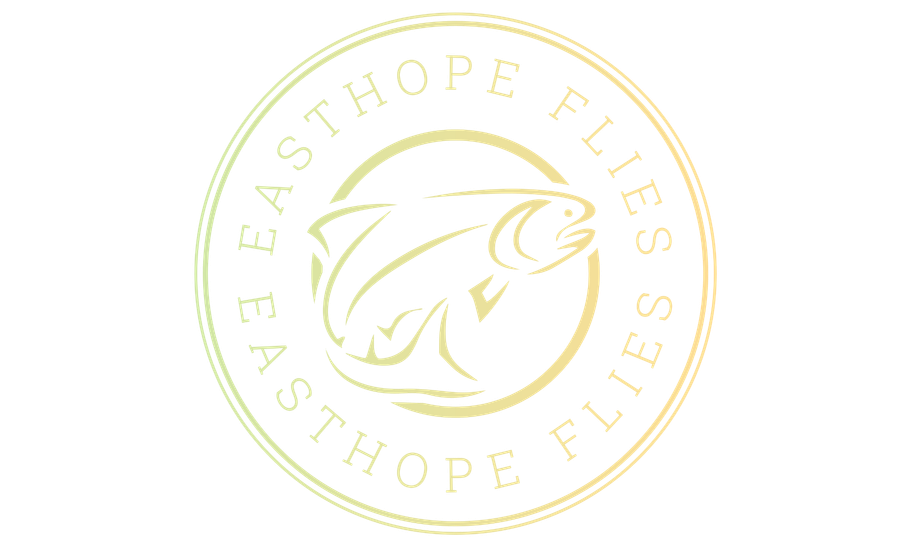What is a postless parachute fly?
Firstly we need to talk about a traditional parachute fly
The point of a any parachute hackle is to support the weight of the hook on the surface film, allowing the hook to be just subsurface to replicate an insect hatching off the water.
A parachute hackle needs to sit on top of the hook, not wrapped around the hook like a collar hackle would be.
In a traditional parachute fly an additional piece of material is added to the hook at right angles. This is called the post which provides a structure that is stable enough to have a hackle wrapped round it.
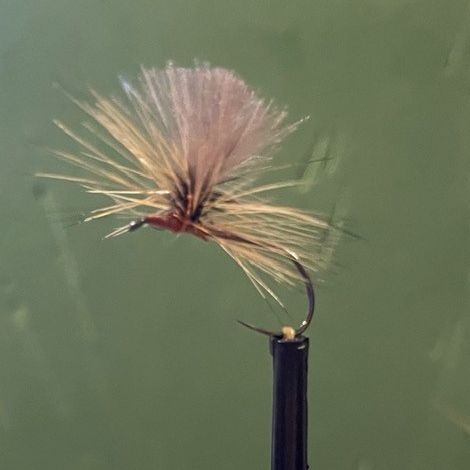
The post is made using a material, either yarn or CDC (Cul de carnard), as the properties of these materials compensate for the effects of extra material being used and help the fly to be presented correctly. The post is usually then left visible and described as the wing although it is always represented upright, in the centre of the hackle.
A post is always going to be visible to the angler as it should sit above the water at all times. The post is sometimes brightly coloured for this purpose
Easthope's postless parachute fly technique
This technique was developed solely by Simon Easthope.
The technique for creating a parachute hackle is simplified. it removes the requirement for the post encouraging the feather to fall more naturally when the hackle is formed.
Indian and Chinese cock hackles become a much more viable option, while genetic hackles can be used to create amazing results.
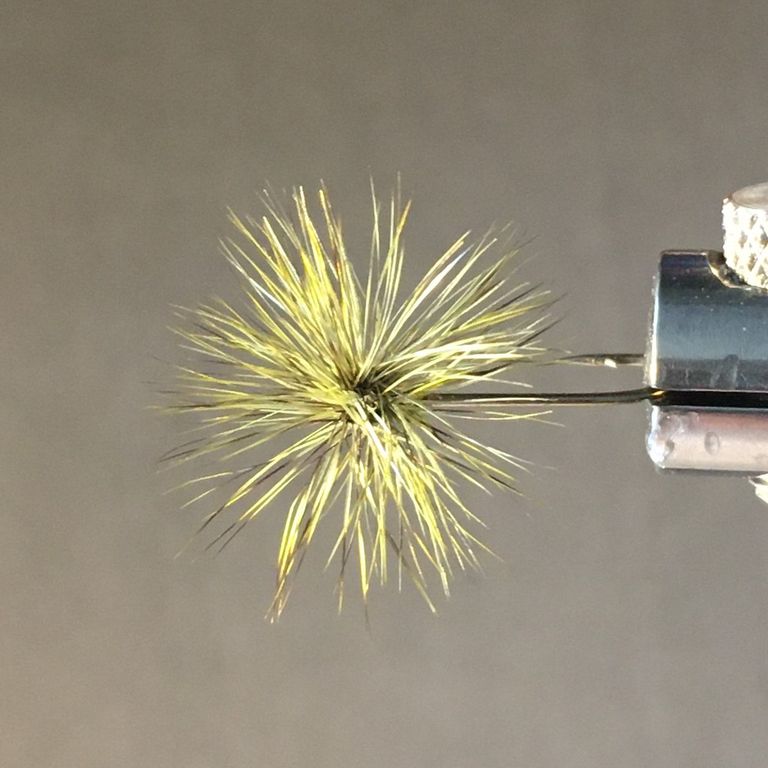
What are the advantages of tying a parachute fly without a post?
- A more natural profile can be achieved
- The ability to replicate an emerging fly prior to the wings popping out from the shuck (No Wing)
- A potential to replicate a fly with a wing in a different position, other than upright.
- Less materials means less build up, more opportunity to create a slender fly
- More versatility in the materials used to represent the wing as they are not relied on for structure
- An opportunity for the hackle itself to be brightly coloured, for the benefit of the angler
- An opportunity for the hackle to be formed to shape a wing ( e.g. Eastie's Flat-wing Sedge Fly.
and the solution to loosing a high visibility post
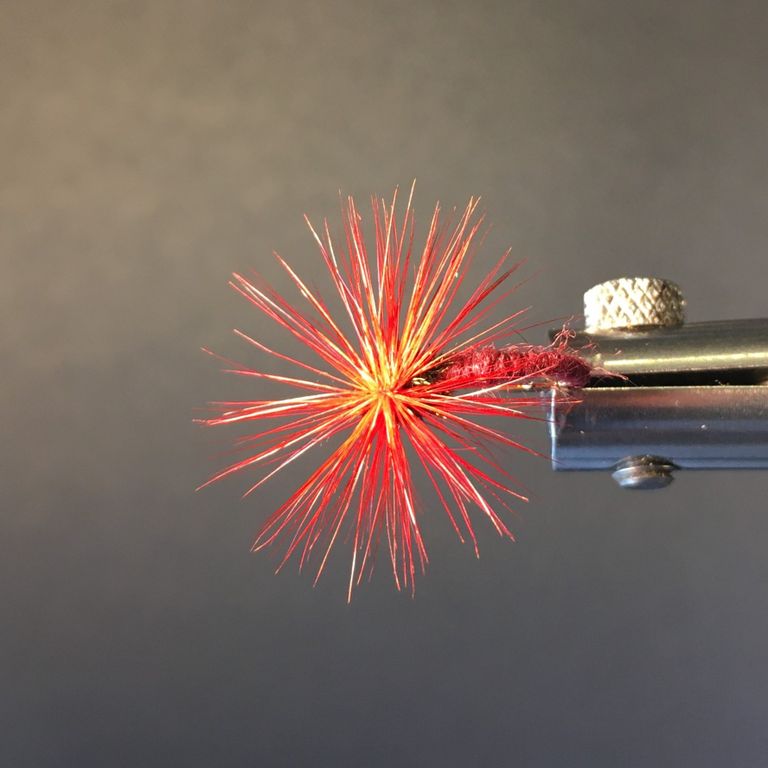
The variations of this technique used to make the flies in the store
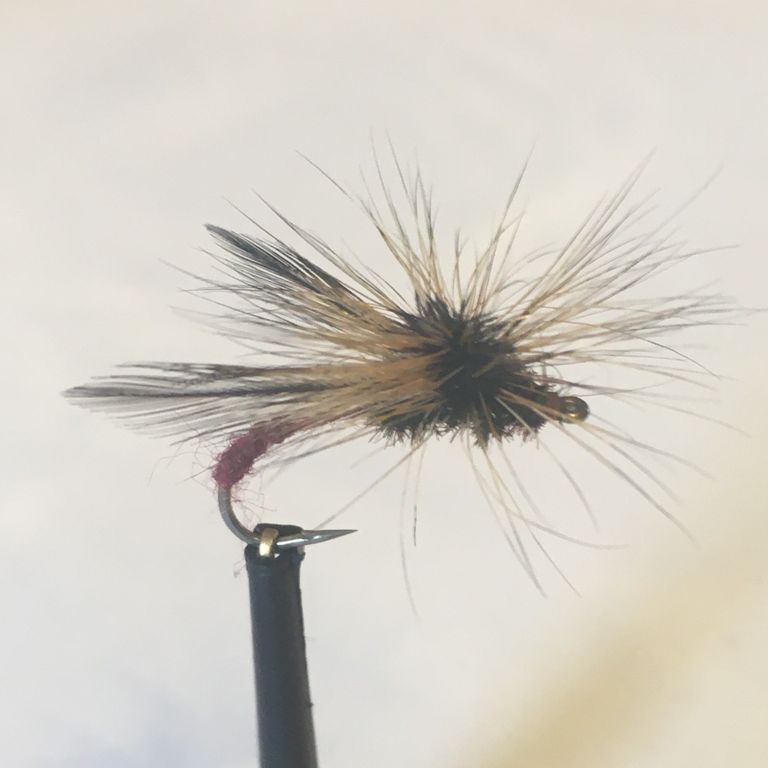
An Eastie's Beastie, the hackle without a post and Hackle points positioned at the rear to replicate wings
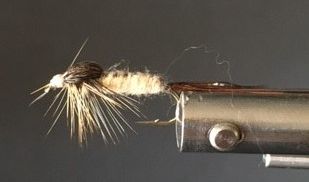
Nymph legs .
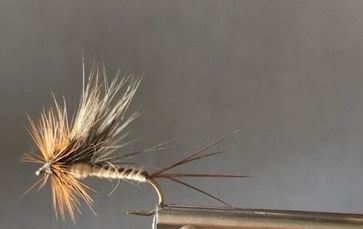
Mohican dun wing
Used in this way the Technique resembles up wing flies at rest, or drying their wings prior to their first flight. Although achieved a different way, this result is the same achieved by a paraloop or decribed as a stacked hackle
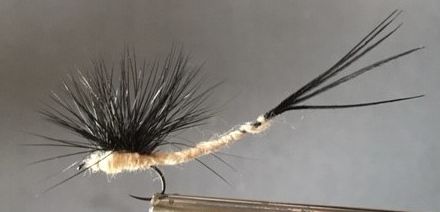
Mohican Spent wing
Used as above the wing has less structure than in the dun wing style but more naturally represents the limp wings of a dead or dying spent spinner
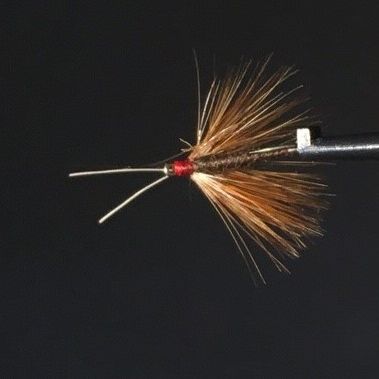
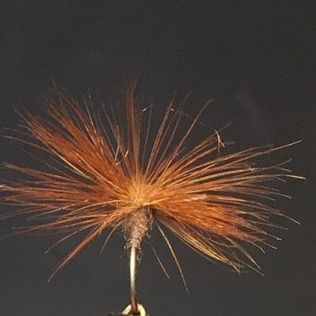
Eastie's Sedge Wing
This wing is perfect for imitating the natural qualities of the sedge wing, the fibres of the wing fall in to a curved thin line, arching the body of the sedge
For Further information regarding the vice that Simon Uses, and for where to puchase one click Here
© Copyright. All rights reserved.
We need your consent to load the translations
We use a third-party service to translate the website content that may collect data about your activity. Please review the details in the privacy policy and accept the service to view the translations.
